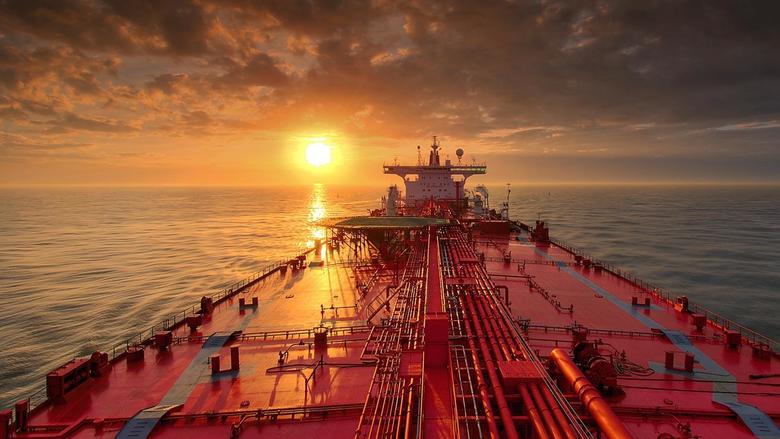
WORLD OIL TRANSIT

Overview
World chokepoints for maritime transit of oil are a critical part of global energy security. About 63% of the world's oil production moves on maritime routes. The Strait of Hormuz and the Strait of Malacca are the world's most important strategic chokepoints by volume of oil transit.
The U.S. Energy Information Administration (EIA) defines world oil chokepoints as narrow channels along widely-used global sea routes, some so narrow that restrictions are placed on the size of the vessel that can navigate through them. Chokepoints are a critical part of global energy security because of the high volume of petroleum and other liquids transported through their narrow straits.
In 2013, total world petroleum and other liquids production was about 90.1 million barrels per day (bbl/d). EIA estimates that about 63% of this amount (56.5 million bbl/d) traveled via seaborne trade. Oil tankers accounted for 30% of the world's shipping by deadweight tonnage in 2013, according to data from the United Nations Conference on Trade and Development (UNCTAD).
International energy markets depend on reliable transport routes. Blocking a chokepoint, even temporarily, can lead to substantial increases in total energy costs and world energy prices. Chokepoints also leave oil tankers vulnerable to theft from pirates, terrorist attacks, shipping accidents that can lead to disastrous oil spills, and political unrest in the form of wars or hostilities.
The seven chokepoints highlighted in this report are part of major trade routes for global seaborne oil transportation. Disruptions to these routes could affect oil prices and add thousands of miles of transit in alternative routes. By volume of oil transit, the Strait of Hormuz, leading out of the Persian Gulf, and the Strait of Malacca, linking the Indian and Pacific Oceans, are the world's most important strategic chokepoints. This report also discusses the role of the Cape of Good Hope, which is not a chokepoint but is a major trade route and potential alternate route to certain chokepoints.
| Location | 2009 | 2010 | 2011 | 2012 | 2013 |
|---|---|---|---|---|---|
| Strait of Hormuz | 15.7 | 15.9 | 17.0 | 16.9 | 17.0 |
| Strait of Malacca | 13.5 | 14.5 | 14.6 | 15.1 | 15.2 |
| Suez Canal and SUMED Pipeline | 3.0 | 3.1 | 3.8 | 4.5 | 4.6 |
| Bab el-Mandab | 2.9 | 2.7 | 3.4 | 3.7 | 3.8 |
| Danish Straits | 3.0 | 3.2 | 3.3 | 3.1 | 3.3 |
| Turkish Straits | 2.8 | 2.8 | 3.0 | 2.9 | 2.9 |
| Panama Canal | 0.8 | 0.7 | 0.8 | 0.8 | 0.8 |
| World maritime oil trade | 53.9 | 55.5 | 55.6 | 56.7 | 56.5 |
| World total oil supply | 84.9 | 87.5 | 87.8 | 89.7 | 90.1 |
| Notes: All estimates are in million barrels per day. Data for Panama Canal is by fiscal years. Sources: U.S. Energy Information Administration analysis based on Lloyd's List Intelligence, Panama Canal Authority, Eastern Bloc Research, Suez Canal Authority, and UNCTAD, using EIA conversion factors. |
|||||
eia.gov






